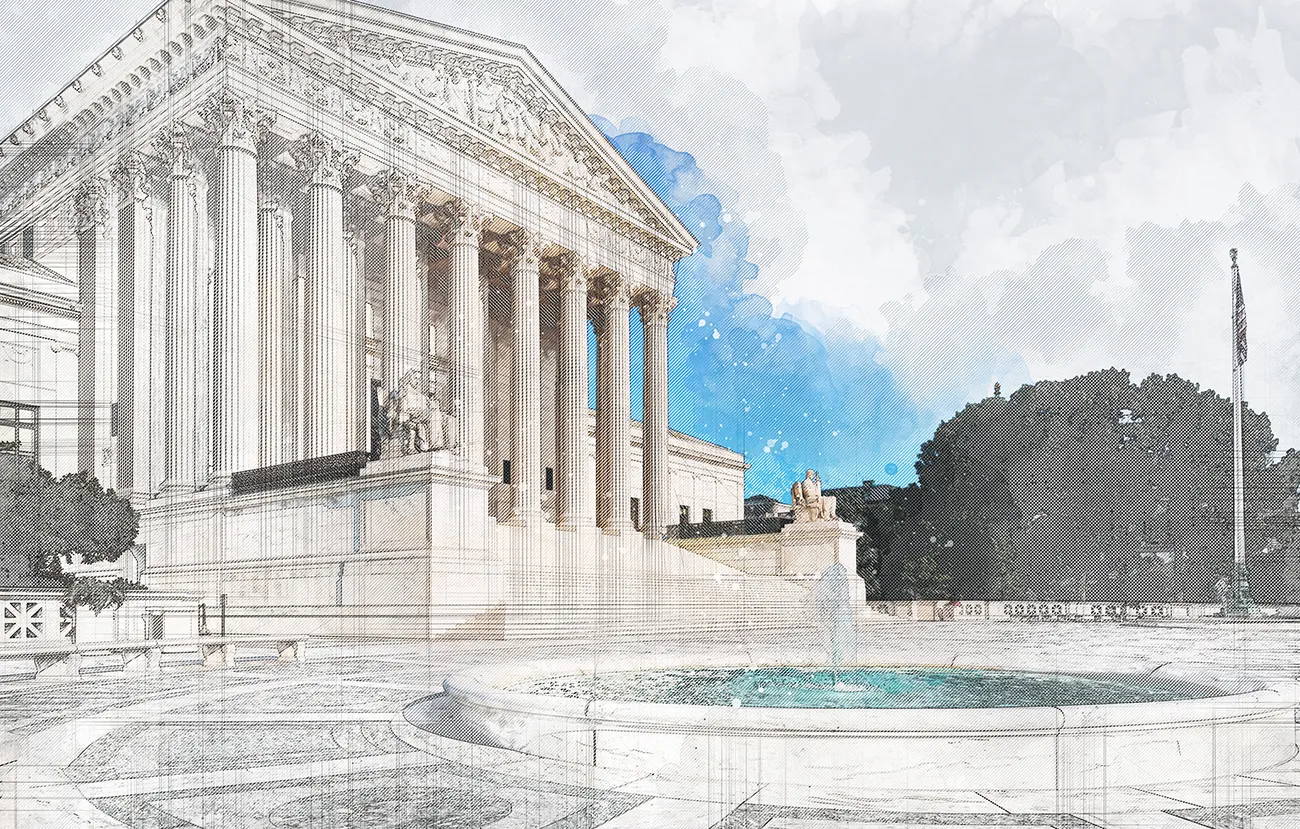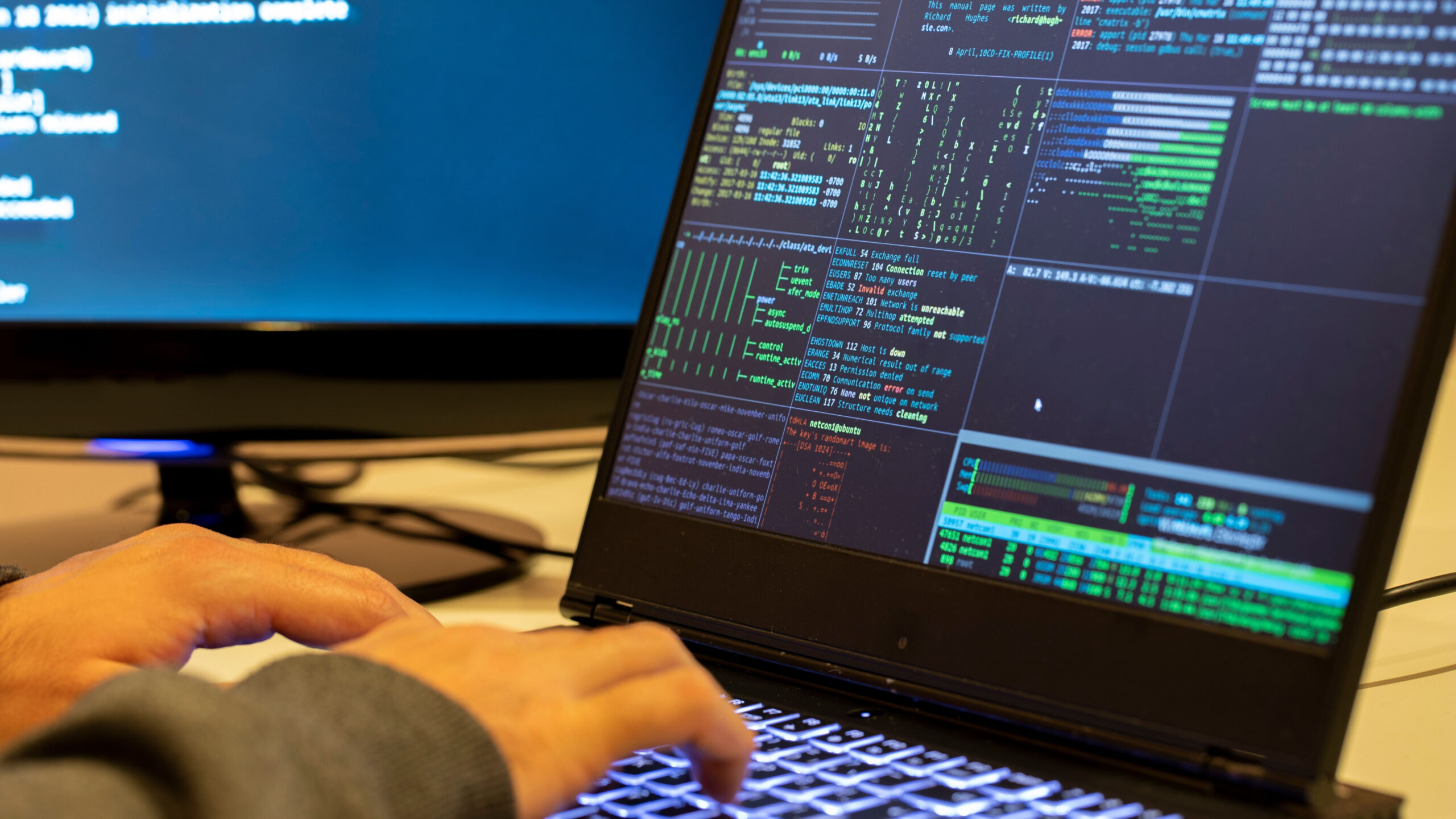Supreme Court Demonstrates That Fair Use Promotes Creativity

In policy discussions, rightsholders often claim that the fair use right, 17 U.S.C. § 107, undermines the incentive to create new works. The U.S. Supreme Court’s April 5, 2021 decision in Google v. Oracle, however, underscores how fair use actually promotes creativity.
The Court restates the principle that fair use is an “‘equitable rule of reason’ that ‘permits courts to avoid rigid application of the copyright statute when, on occasion, it would stifle the very creativity which the law is designed to foster.’” (citations omitted) The Court explains that fair use “can focus on the legitimate need to promote incentives to produce copyrighted material while examining the extent to which yet further protection creates unrelated or illegitimate harms in other markets or to the development of other products.” The Court adds that fair use’s “basic purpose” is “providing a context-based check that can help to keep a copyright monopoly within its lawful bounds.”
Turning to the specific facts of the case, the Court found that fair use permitted Google to reimplement lines of declaring code from the Sun Java application programming interface (“API”) in the Android operating system for the purpose of enabling Java programmers to write programs in the new Android environment. The Court stated, “Google’s use of the Sun Java API seeks to create new products. It seeks to expand the use and usefulness of Android-based smartphones. Its new product offers programmers a highly creative and innovative tool for a smartphone environment. To the extent that Google used parts of the Sun Java API to create a new platform that could be readily used by programmers, its use was consistent with that creative ‘progress’ that is the basic constitutional objective of copyright itself.”
The Court further explained that Google’s objective “was to permit programmers to make use of their knowledge and experience using the Sun Java API when they wrote new programs for the smartphones with the Android platform.” The Sun declaring code “was the key that [Google] needed to unlock the programmers’ creative energies.”
Later in the decision, the Court returned to the lock analogy: “allowing enforcement here would make of the Sun Java API’s declaring code a lock limiting the future creativity of new programs.” Because the lock would restrict “creative improvements, new applications, and new uses developed by users who have learned to work” with the Java APIs, “the lock would interfere with, not further, copyright’s basic creativity objectives.”








